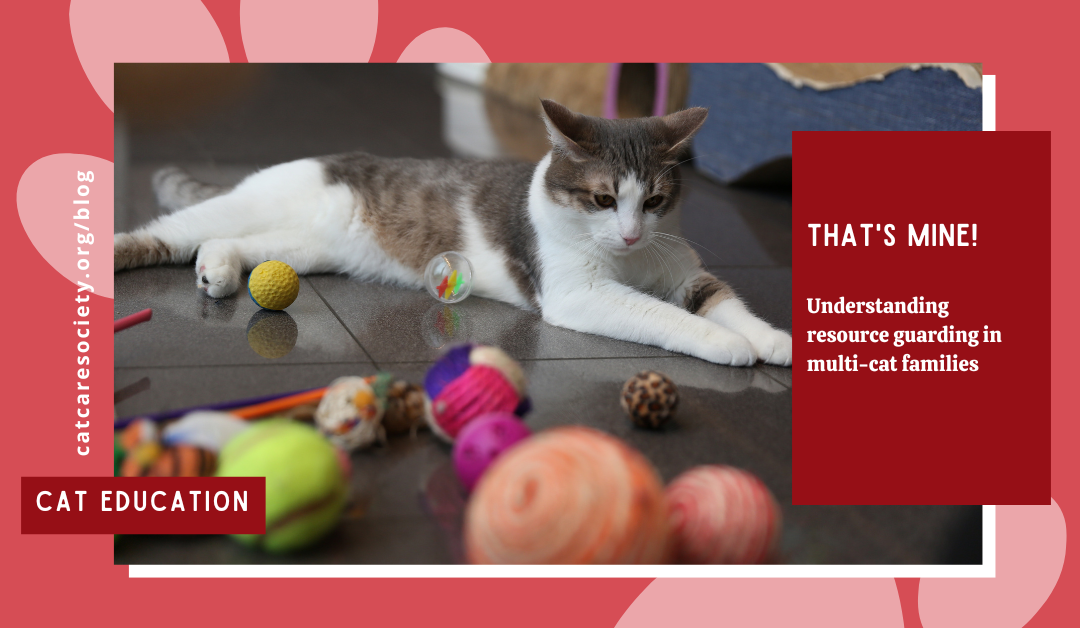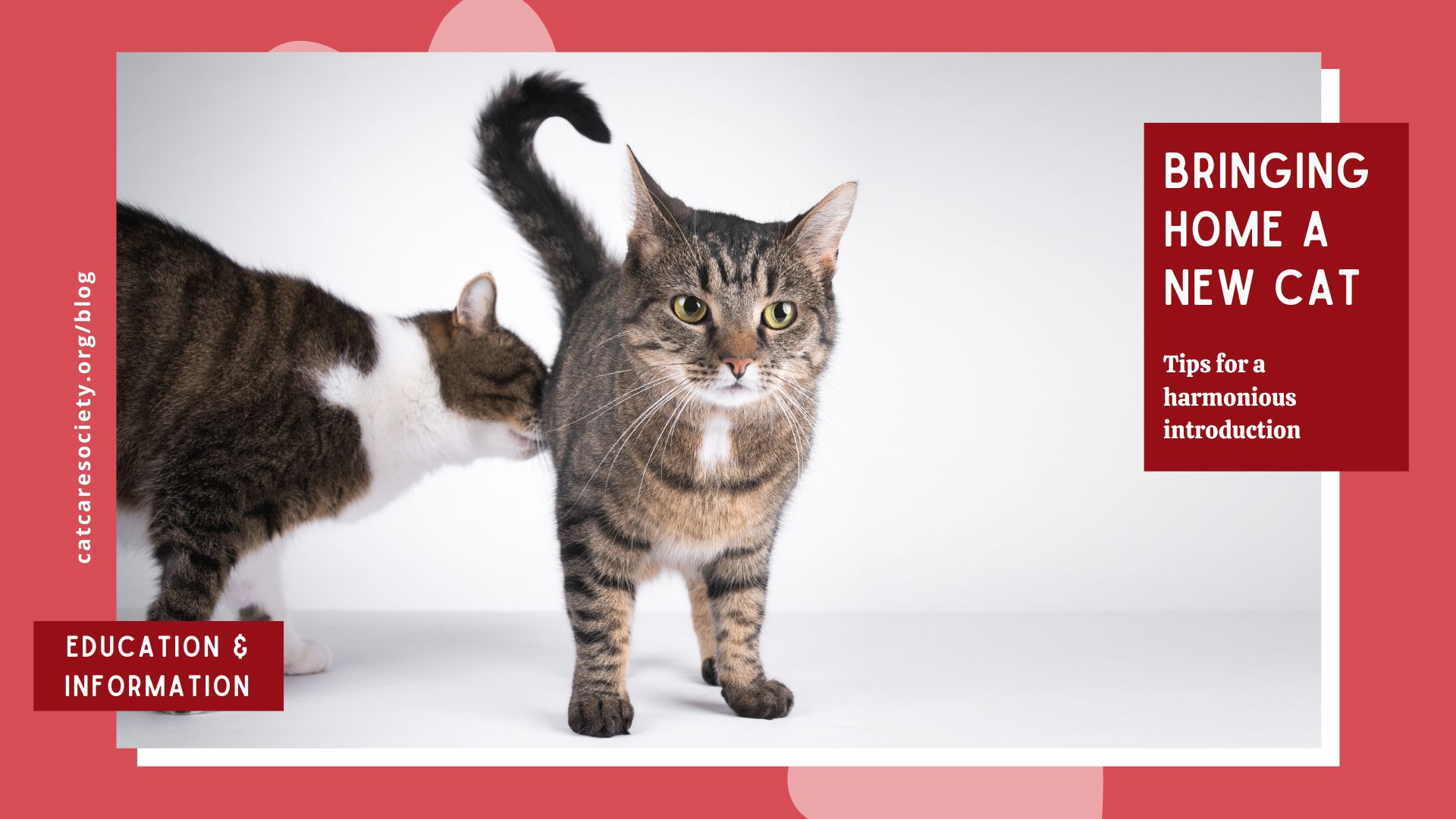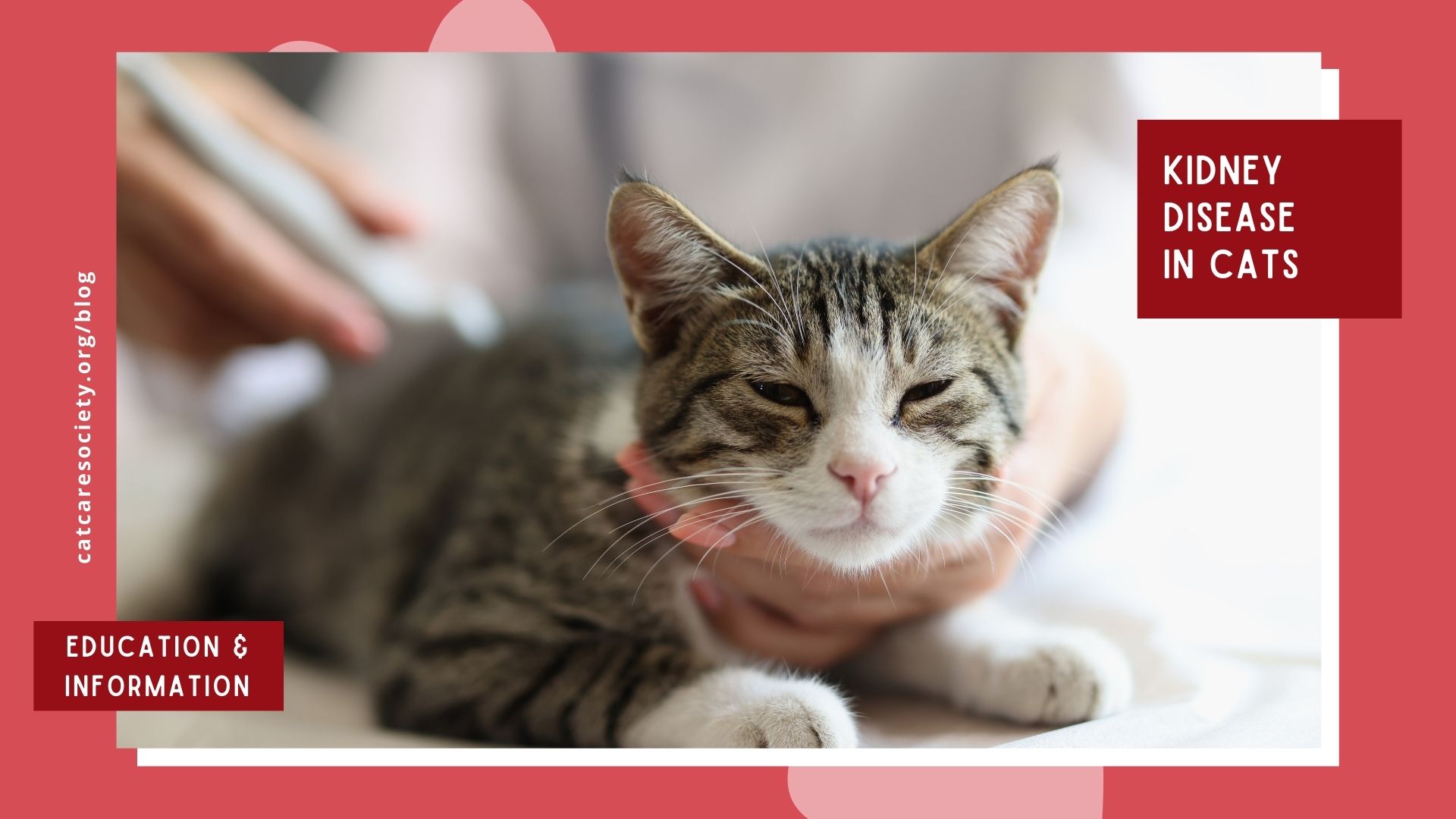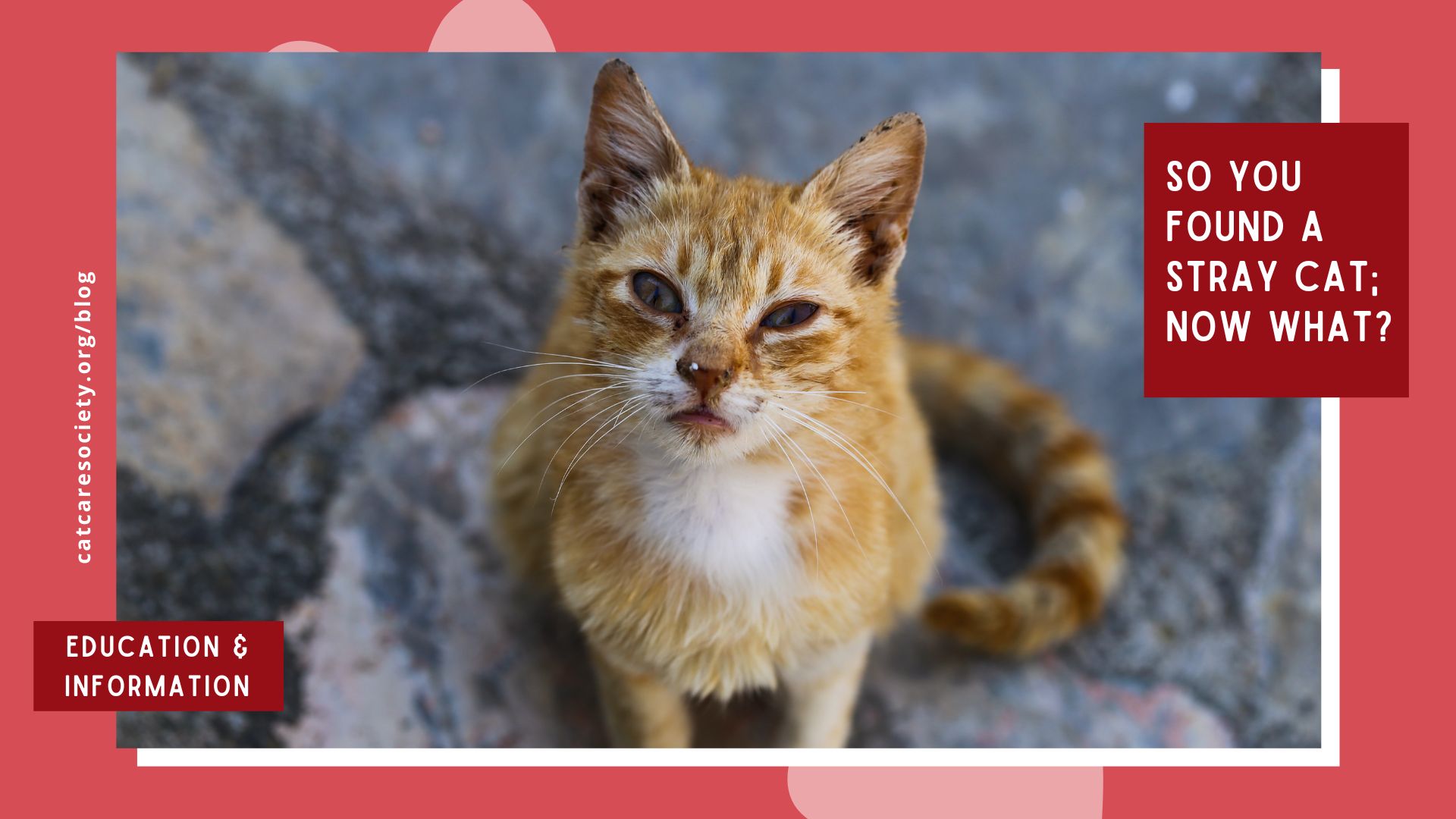You may have heard the saying “cats are like potato chips, you can’t have just one.” Indeed, many of us at Cat Care Society, be it staff or volunteer, have found that our feline families have expanded over the years. While we may see our cats as cuddly bed warmers who keep us company and brighten our days with their playful antics, cats have not forgotten their roots as one of Africa’s deadliest predators. The ancestor to our beloved domestic cats, the African wildcat, lives throughout the arid regions of Africa and Asia. A solitary hunter, African wildcats very survival depends on their ability to catch food and keep it safe from other animals who may want to share the spoil without putting in the work. This instinct is not absent from domesticated cats, and while you may provide your cat with plenty of comfy beds, regular meals, and a sunny perch in the window; adding another cat to the mix can shake things up.
While some cats will quickly become the best of friends, others will be less than pleased to find out that they have a new roommate. Luckily there are some easy steps you can take to minimize your cats stress. As a cage free shelter that is currently home to 80 adult cats, we have plenty of experience setting cats up for success in their environment.
One of the most common reasons that we see cats surrendered to animal shelters is because of inappropriate litter box habits; or a lack of litter box habits we should say. As with any sudden change in behavior, your first step should be consulting a veterinarian to ensure that there isn’t a medical issue at the root of the problem. Recently, my own cat pooped outside of the litter box. It was his method of letting me know that he had experienced a bloom of harmful bacteria in his intestines. A fecal test, and a month of medications later, and he was back to using his litter box like usual. Other times, the root of the cause is behavioral and can require a little more thinking outside of the box. One of the first things to consider is the number of litter boxes in your house, experts recommend one box per cat, plus one extra. This allows each cat to have a place to go, and even if someone is using the preferred box there is always an extra one to go to. Consider your litter box hygiene, how often do you scoop your litter boxes? Replace the litter inside? Cats are fastidious creatures and prefer a clean environment. They will take their business elsewhere if the designated area doesn’t meet their specifications. Consider also the type of litter box available to your cats. Recently we had a cat in the shelter who consistently defecated on the floor. Shelter staff noticed that another cat was perching on top of the covered litter boxes and swatting at her if she got too close. With only one entrance, there was no way she could access the box safely. Once she was given access to an open litter box her issues subsided almost immediately. Visualize your house from a cat’s point of view, are all your litter boxes in one area? Could you get to it if someone is standing in the doorway and refusing to let you past? It’s a good idea to have litter boxes in multiple locations to avoid these unpleasant scenarios.
If you spend time in one of the cat rooms at CCS you’ll notice that there is food and water on both sides of the room. This is not happenstance; rather, it is an important part of helping multiple cats coexist. Referring back to their wild ancestors, a cat’s instinct tells them to protect food at all costs. Food equals survival. You may not even notice the subtle hints that your cats are giving to one another to back off and find food elsewhere, but your cats are surely aware of each and every tail flick, and ear twitch, and knows exactly what they each mean. Luckily, guarding food and water can usually easily be resolved. As mentioned above, take measures to put food and water in areas that cats can easily access. This may mean putting cats in separate rooms at meal time, or if you free feed putting food and water stations throughout the house where they cannot be easily blocked off by a hungry cat, e.g. a narrow hallway or a small room with only one exit. It can also help to place food and water on vertical surfaces, cat towers, counters, etc. to keep cats on completely different levels while they eat.
You have probably noticed the theme by now, more cats = more litter boxes, food bowls, beds, toys, and scratching posts. The easiest way to make sure that your multi-cat family coexists peacefully is to make sure that everyone has what they need, and that they can get to it when they need it.
This article was written for educational and entertainment purposes only. It should not be considered as expert advice or opinion. If your cat is experiencing serious behavioral or medical conditions, please consult a veterinarian or professional behaviorist. To find help visit our resources page.
For more information on resource guarding visit our sources:





